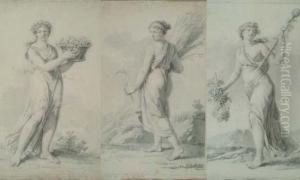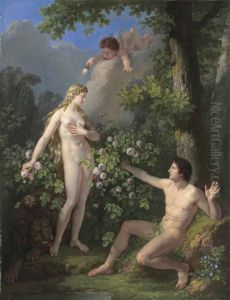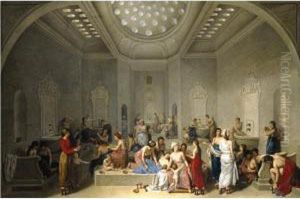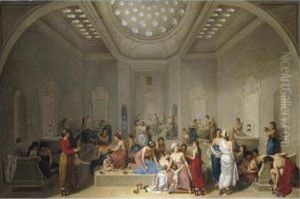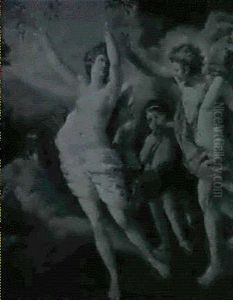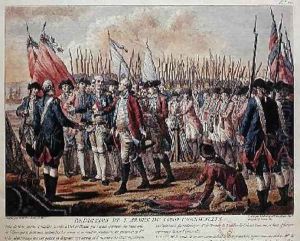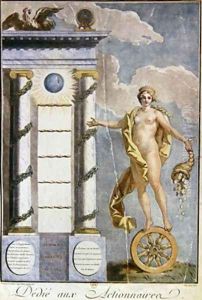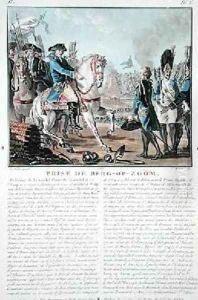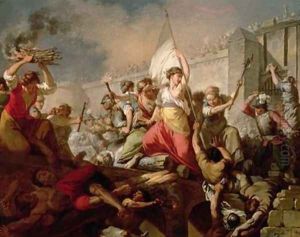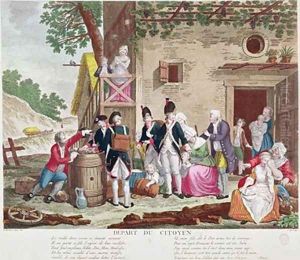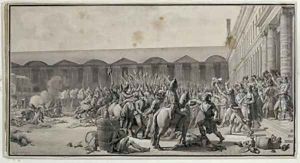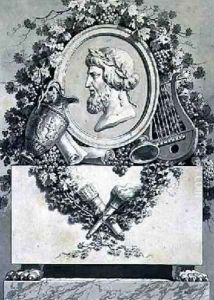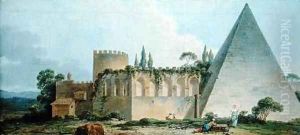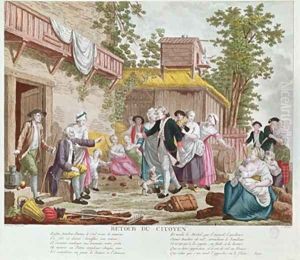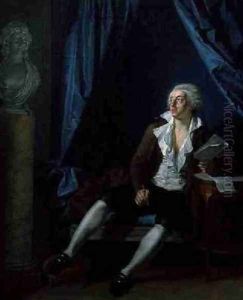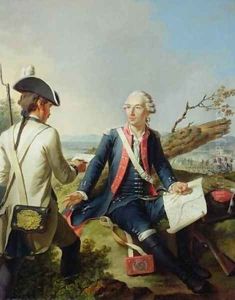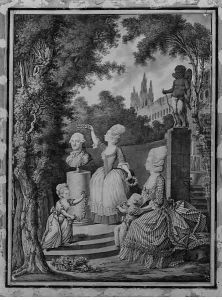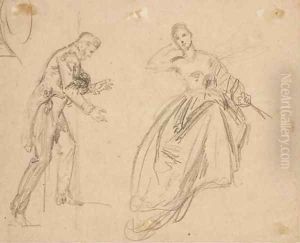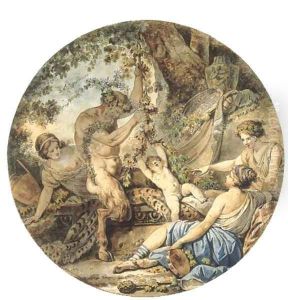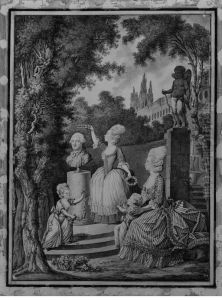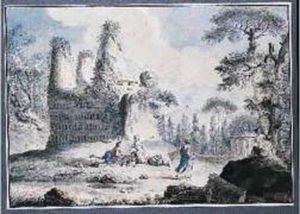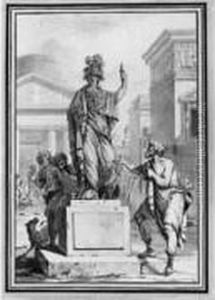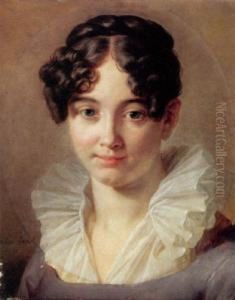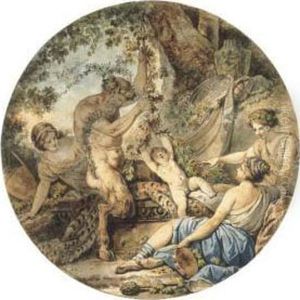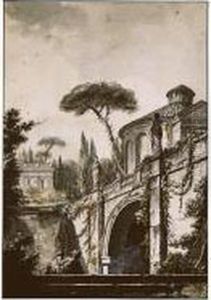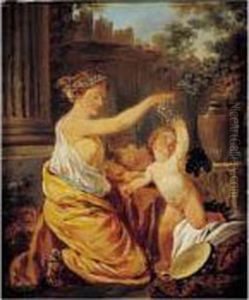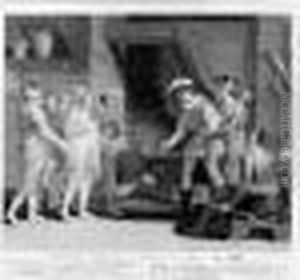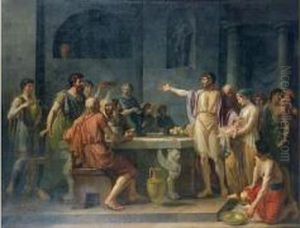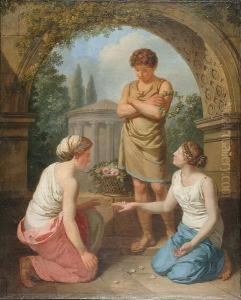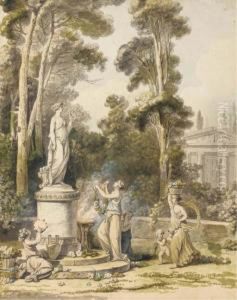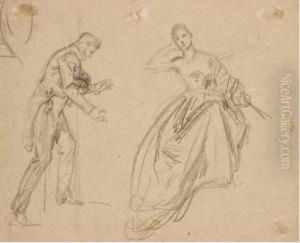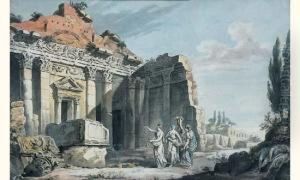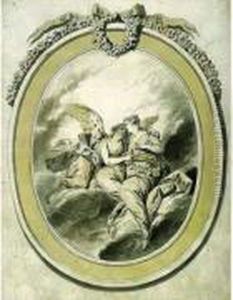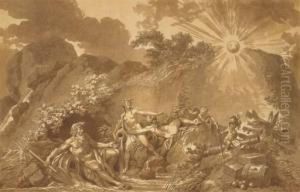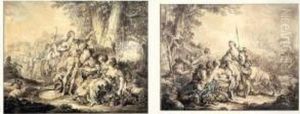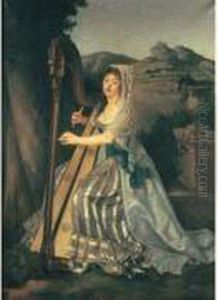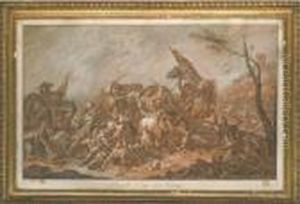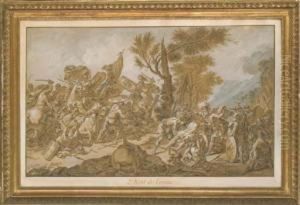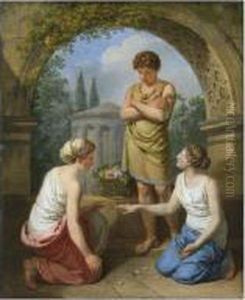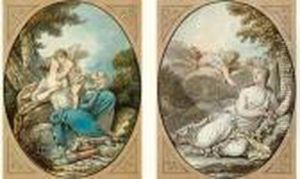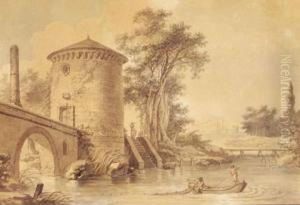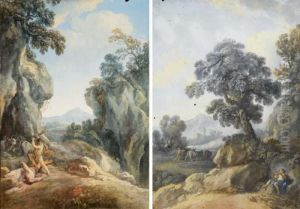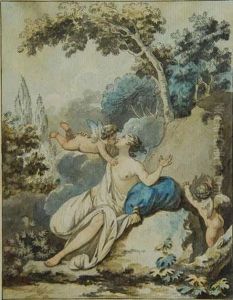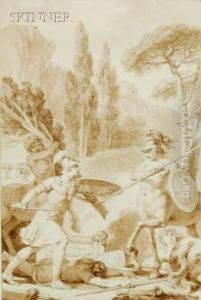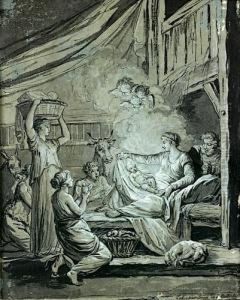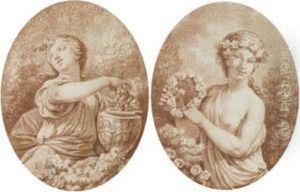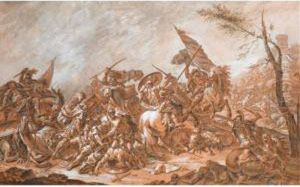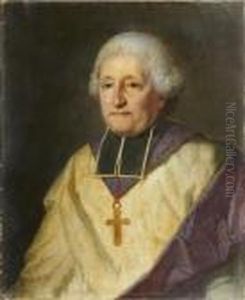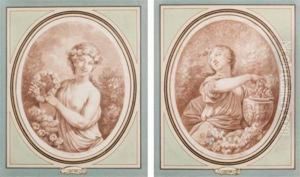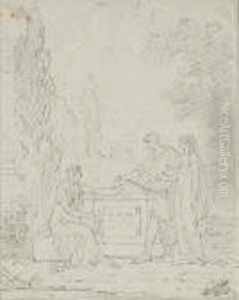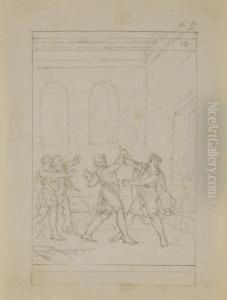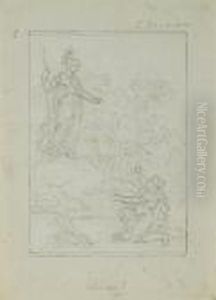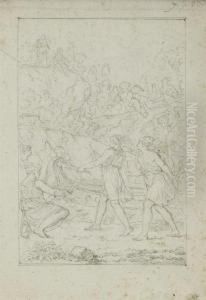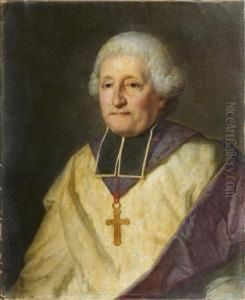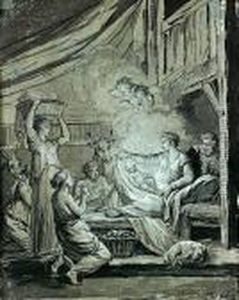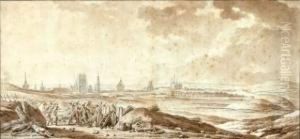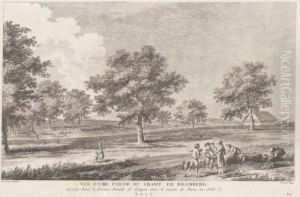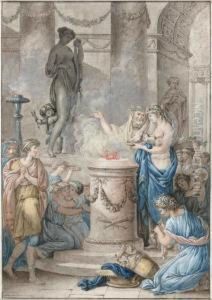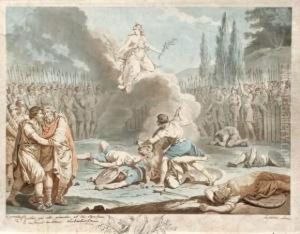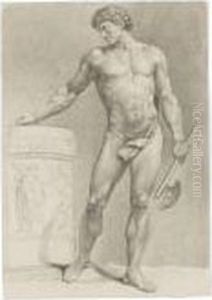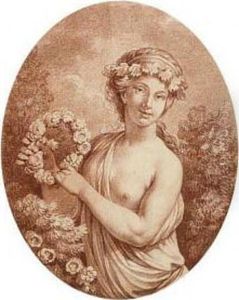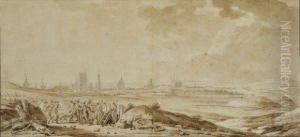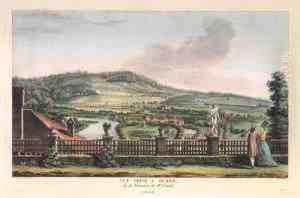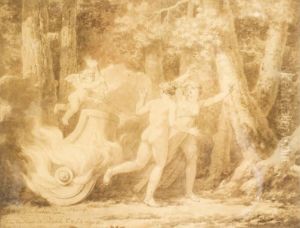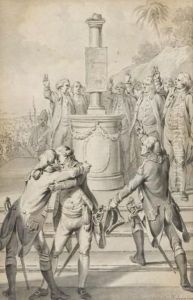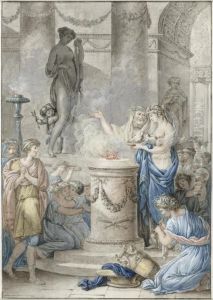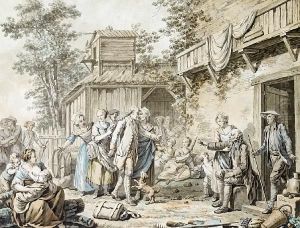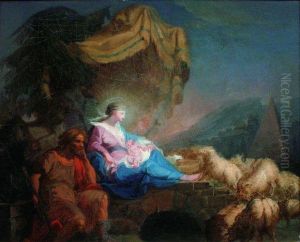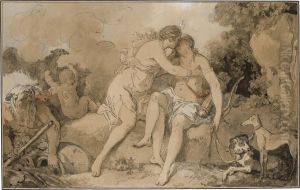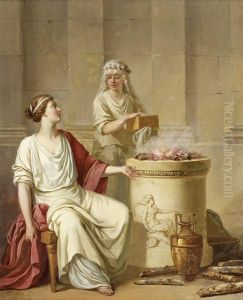Jean Jacques Francois Le Barbier Paintings
Jean Jacques François Le Barbier was a French painter and illustrator who was born on November 11, 1738, in Rouen, France. He was active during a period of significant political and social change in France, which culminated in the French Revolution. Le Barbier was well-known for his classical and allegorical compositions, as well as for his strong interest in the Enlightenment ideals of reason, citizenship, and liberty.
Educated at the Rouen School of Art, Le Barbier quickly developed his artistic skills and moved to Paris to further his career. He became a member of the Académie Royale de Peinture et de Sculpture in 1775. His works often reflected the themes of the Enlightenment and were marked by clarity, order, and a sense of moral purpose. He was particularly adept at engravings and book illustrations, contributing to the dissemination of revolutionary and philosophical ideas through his art.
During his career, Le Barbier produced a wide range of art pieces, including historical scenes, portraits, and decorative works for private patrons as well as for the state. One of his most famous works is 'The Declaration of the Rights of Man and of the Citizen,' which visually represents the groundbreaking document that became one of the foundational texts of the French Revolution and modern human rights.
Le Barbier's influence extended beyond painting, as he was also involved in the design of revolutionary symbols and emblems, which contributed to the visual culture of the era. His commitment to the revolutionary cause did not wane after the fall of the monarchy, and he continued to produce works that echoed the revolutionary spirit.
Despite the political turmoil of the times, Le Barbier managed to maintain a successful career and was appointed to several important positions, including that of an official artist for the city of Paris. He was also a professor at the École des Beaux-Arts, imparting his knowledge and skills to a new generation of artists.
Jean Jacques François Le Barbier passed away on May 6, 1826, in Paris. His legacy is preserved in the illustrations and paintings that capture the ethos of one of the most transformative periods in French history. His works are held in numerous collections and museums, serving as a testament to his artistic talent and his deep engagement with the intellectual and political currents of his time.
